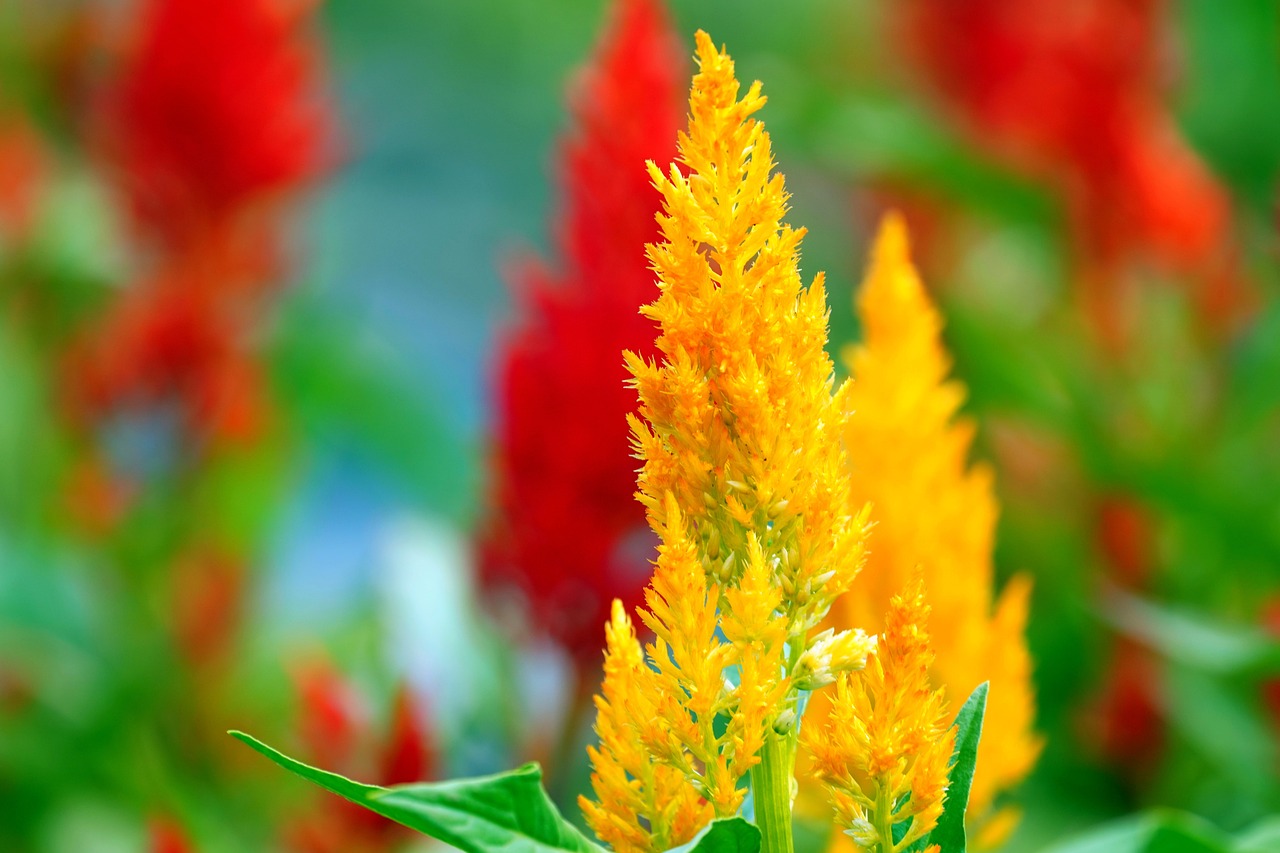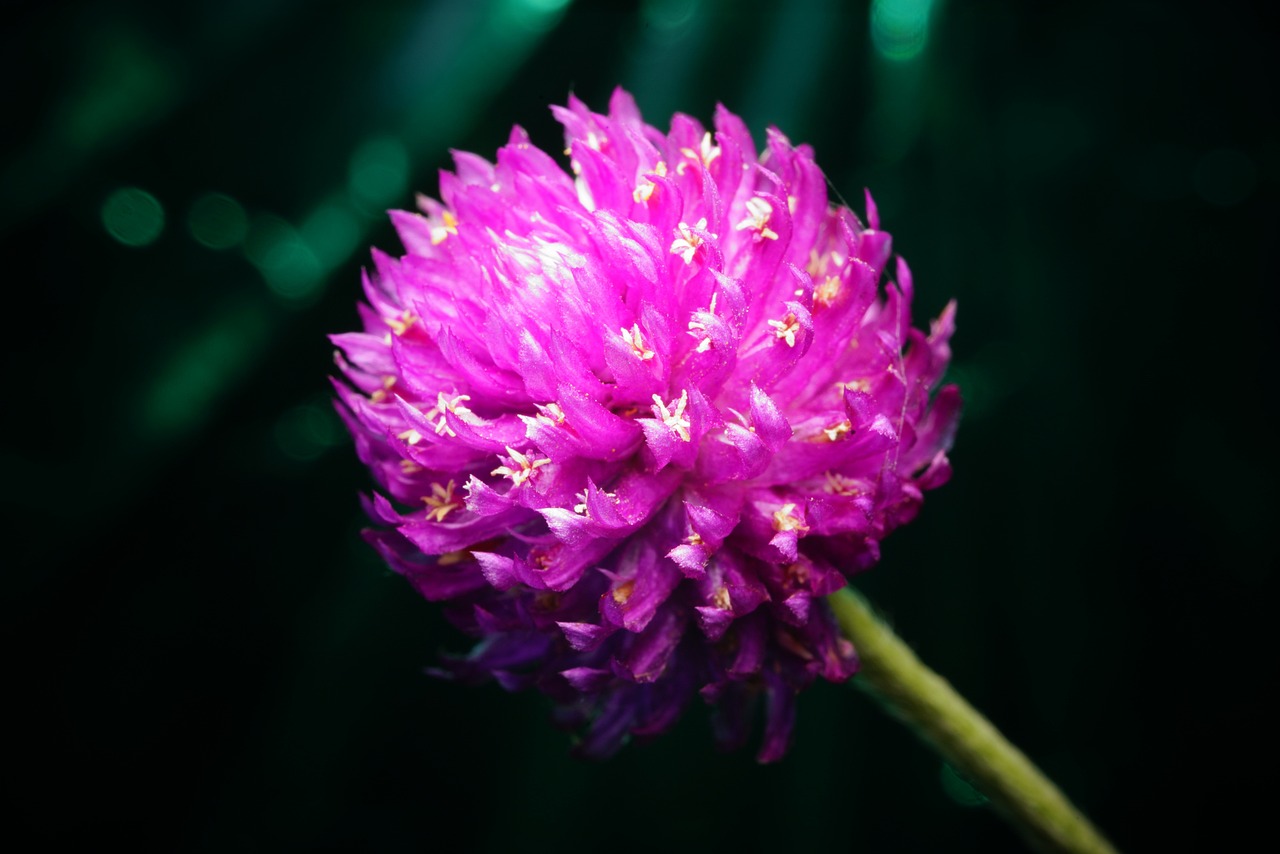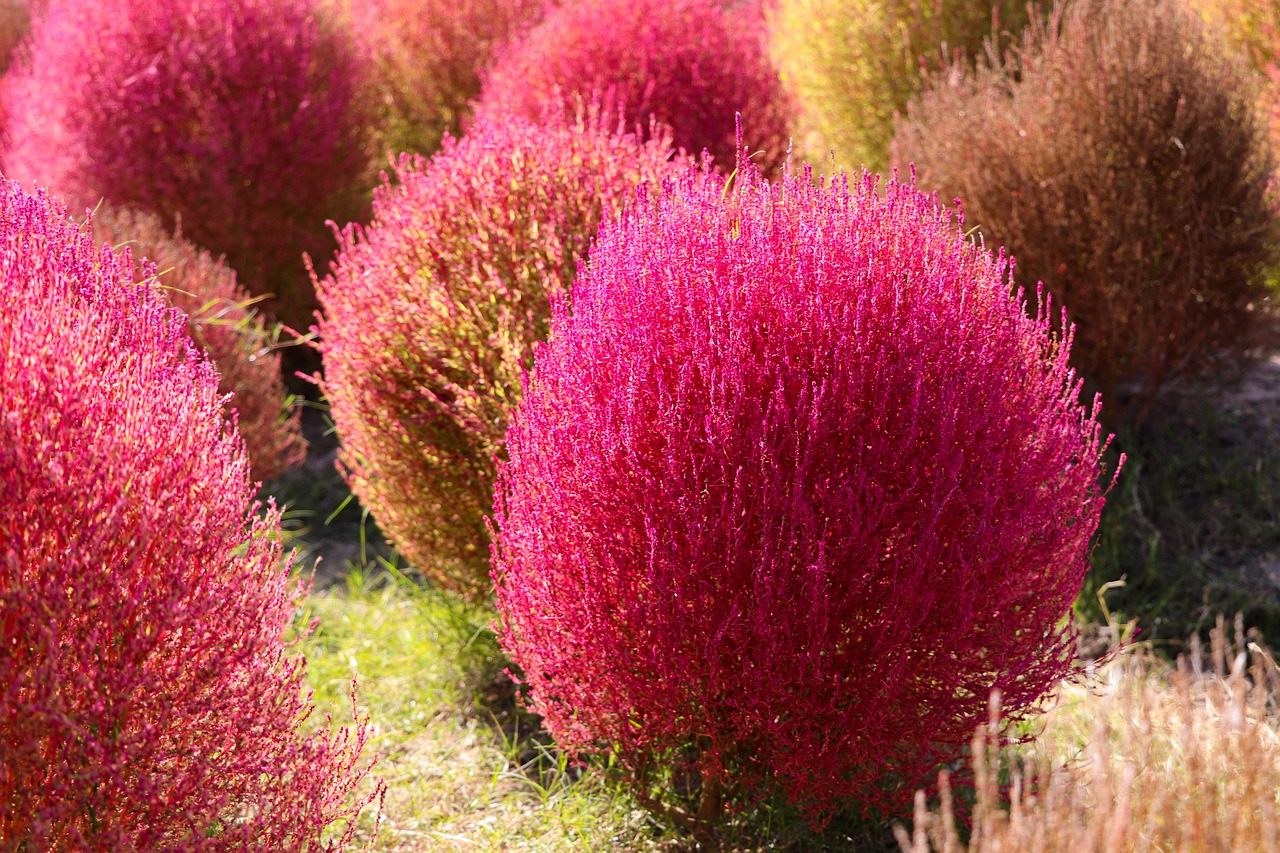Celosia | A Fiery Bloom in the Oriental Garden

Celosia, with its unique appearance and vibrant colors, brings a striking brilliance to gardens and flower beds.
The flower was named “celosia” in Japanese, meaning “rooster’s comb,” due to its resemblance to the crest of a rooster. It has long been cherished as an ornamental plant.
In this article, I will introduce the essential information about celosia, its cultural significance around the world, its historical background, and practical gardening tips.
Basic Information
- Scientific name: Celosia argentea
- Family: Amaranthaceae
- Origin: Tropical Asia and Africa
- Appearance: Celosia comes in various forms—the crested type resembling a rooster’s comb, the plume type shaped like a brush, and the spiked type. Its colors range from red, yellow, orange, pink, to purple, all characterized by vivid brilliance.
- Blooming season: Summer to autumn (July–October), allowing a long-lasting display of beauty.
Cultural Significance Around the World

Celosia is admired globally as an ornamental flower. In Asia and Africa, its vivid colors and unusual forms make it a popular choice for gardens and public parks.
In Japan, it is associated with autumn and is often used in floral arrangements for Respect-for-the-Aged Day and in festival decorations.
Celosia is also beloved as a cut flower, adding striking accents to bouquets and arrangements. Additionally, it is widely used as dried flowers, retaining its beauty for long periods and serving as elegant interior decor.
In countries such as India and Nepal, celosia plays an important role in religious festivals and offerings. Its bold colors enhance the celebratory atmosphere and are often dedicated to deities.
Historical Background
Celosia is believed to have been cultivated in ancient China and India, where it became popular as an ornamental plant.
In China, its bright red flowers symbolized “happiness” and “prosperity” and were planted in gardens and during ceremonial occasions.
Through the Silk Road, celosia spread to Europe, where it became integrated into European garden culture.
In Japan, it was introduced during the Heian period and admired by aristocrats. The flower is even mentioned in classical literature, where its vibrant hues inspired poetry.
By the Edo period, with the rise of horticulture, many varieties were bred, and celosia became a flower appreciated by the general public.
Gardening Advice

Celosia thrives in sunny locations. Exposure to abundant sunlight brings out the brilliance of its blooms, so I recommend planting it in bright spots.
It prefers well-drained soil. For potted plants, using soil with good aeration helps prevent root rot. Water thoroughly when the surface soil becomes dry, but avoid excessive moisture, particularly during the rainy season.
Although celosia does not require heavy fertilization, applying a small amount of slow-release fertilizer during its growth period improves flowering. Regularly removing spent blooms encourages new growth.
Celosia is highly tolerant of heat and can withstand strong summer sunlight, making it an ideal choice for summer gardening.
Conclusion
Celosia is an enchanting plant that brightens gardens with its distinctive forms and vivid colors.
It is easy to grow and requires little maintenance, making it suitable even for beginners. I encourage you to cultivate celosia in your garden or balcony and enjoy its vibrant beauty.


